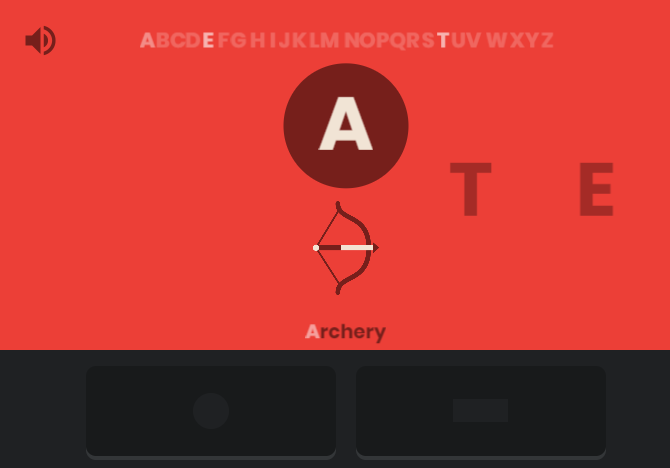
Then a fourth character shows up and the whole process repeats until the learner can copy all characters. You continue with those three characters until the learner is back to 90%.
LEARN MORSE CODE PROGRAM FOR MAC CODE
When the person copying the code can copy 90% accurately, the coach adds a third character to the mix. What’s different is that you send only two characters.

Like the Farnsworth method, you send characters at the target speed. Another WayĪ less common, but very effective way to learn is the Koch method named after a psychologist Ludwig Koch (we think it was the same Koch famous for nature recordings). As you get more proficient, you reduce the gaps until you are at normal spacing. You hear the sound you’ll hear when you are proficient. For example, your coach might send at 15 words per minute but spaced out so it was really 5 words a minute. The idea is to send the code at the target speed you would like to learn, but space it out so the average speed is much slower. Today the Farnsworth method - named for Donald Farnsworth - is very common. If you consider the elephant example, it would be like if you were trying to learn English and your coach said “El….uh….phant.” It would be easy to understand her, but harder to understand people speaking normally. That’s great, but it limits you when you try to go faster. It is very common - especially in the past - to send Morse code very slowly for beginners. That leads to what might be the third-worst way to learn and, unfortunately, a way many of us did learn. Sounds should just mean letters without having to interpret them. That’s what you want to get to with Morse code. You just hear a sound that your brain knows means a large grey animal with a trunk. You might actually hear phonemes, but most people don’t even do that. When you hear someone say the word “elephant” you do not (we hope) translate that into individual letters. So what are the better ways? Let’s take a look. For example, this sentence would take about 3 minutes to send at that speed. But for real use, 5 words a minute is very slow. If you only need to master 5 words per minute to get a merit badge, you might get away with this.

Another visual method is to use a binary tree where left branches are dots and right branches are dashes. The problem is, it is nearly impossible to hear sounds at 20 or 30 words per minute and map them to this visual representation. This chart dates back to at least 1918 when a Girl Guides handbook printed it.Įven if you are a visual learner, this is a bad idea. The very worst way was using an image like the adjacent one to try to map the dots and dashes into letter shapes. The second worse way is to learn “dots and dashes” and many people did learn that way. I don’t know if they still do, but some youth organizations used to promote some particularly bad ways to learn the code.

The code has a reputation of being hard to learn, but it turns out that is mostly because people haven’t been taught code in smart ways. Regardless of the reason, many people want to learn Morse code and it is still a part of the ham radio scene. Others like that Morse code is much more reliable than voice and some older digital modes. Some like that you can build simple equipment to send and receive Morse code. Because of that, you might think Morse code is dead. Most countries have dropped the requirement for learning Morse code to become a ham radio operator.


 0 kommentar(er)
0 kommentar(er)
